A self drive or guided Uganda safari offers an extraordinary adventure that sets itself apart from any other African wildlife experience. Known as the “Pearl of Africa,” Uganda combines the thrill of traditional game drives with once-in-a-lifetime encounters that you simply cannot find elsewhere on the continent. Where else can you trek through ancient rainforests to come face-to-face with mountain gorillas, witness lions climbing trees, and navigate the source of the mighty Nile River all in a single journey?
Your safari adventure in Uganda begins the moment you step into this remarkably diverse landscape. Unlike the vast, open plains of Kenya or Tanzania, Uganda’s compact geography packs an incredible variety of ecosystems into a relatively small area. This means your safari can seamlessly transition from tracking endangered mountain gorillas in the misty highlands of Bwindi Impenetrable Forest to watching elephants bathe along the Kazinga Channel, all within the span of a few days.
Why Choose Uganda For Your Next Safari?
![]()
What makes a Uganda safari truly special is the intimacy of the experience. With smaller crowds and pristine wilderness areas, you’ll often feel like you’re discovering these incredible landscapes and wildlife encounters for the first time. The country is home to over half of the world’s remaining mountain gorillas, 13 primate species, and more than 1,000 bird species – making every Uganda safari an expedition into some of the planet’s most biodiverse habitats.
Planning a safari in Uganda requires understanding that this isn’t just another wildlife viewing trip – it’s an immersive journey into one of Africa’s last great wildernesses, where every moment brings the possibility of extraordinary encounters that will redefine your connection to the natural world.
Best Time to Visit.
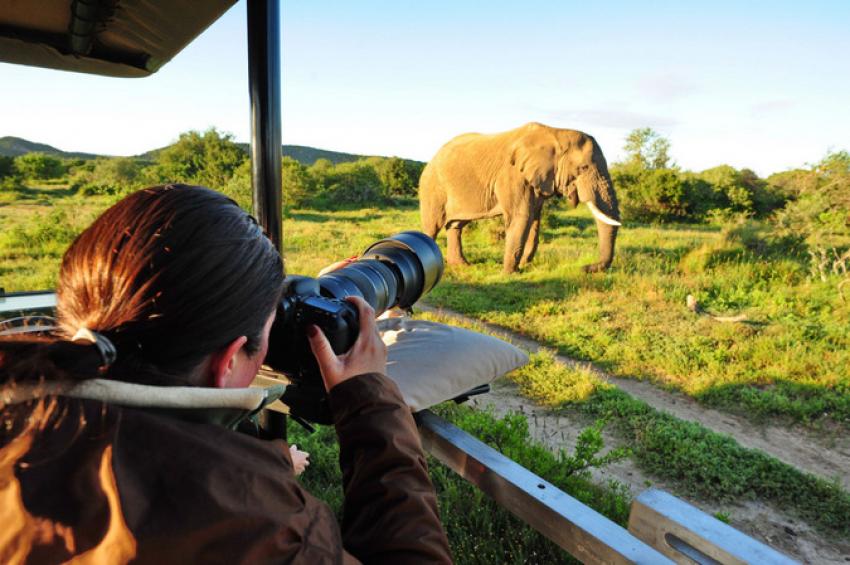
Uganda’s location on the equator means it enjoys a relatively stable climate year-round, making it a viable safari destination in any season. However, timing can significantly impact your experience.
The dry seasons (December to February and June to September) are generally considered the best times for safari activities. During these periods, animals congregate around water sources, making wildlife viewing more predictable. The weather is also more comfortable for trekking and outdoor activities.
The wet seasons (March to May and October to November) bring lush landscapes and excellent bird watching opportunities, with many migratory species present. While some roads may become challenging, this period offers lower accommodation rates and fewer crowds. Gorilla trekking remains possible year-round, though trails can be muddier during rainy periods.
Essential Documents and Health Requirements
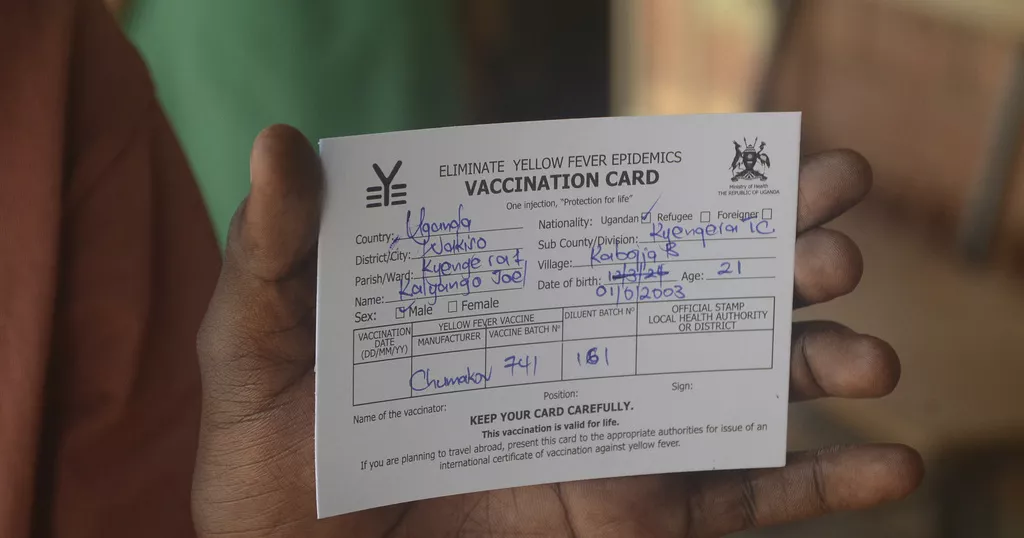
Before traveling to Uganda, ensure your passport is valid for at least six months beyond your planned departure date. Most visitors require a visa, which can be obtained online through the Uganda Electronic Visa system or upon arrival at the airport.
Health preparations are crucial for a Uganda safari. Yellow fever vaccination is mandatory and must be documented in your international vaccination certificate. Malaria prophylaxis is strongly recommended, as the disease is present throughout the country. Consult your healthcare provider about additional vaccinations such as hepatitis A and B, typhoid, and meningitis.
Consider purchasing comprehensive travel insurance that covers medical evacuation, as specialized medical facilities may be limited in remote areas.
Choosing Your Safari Destinations
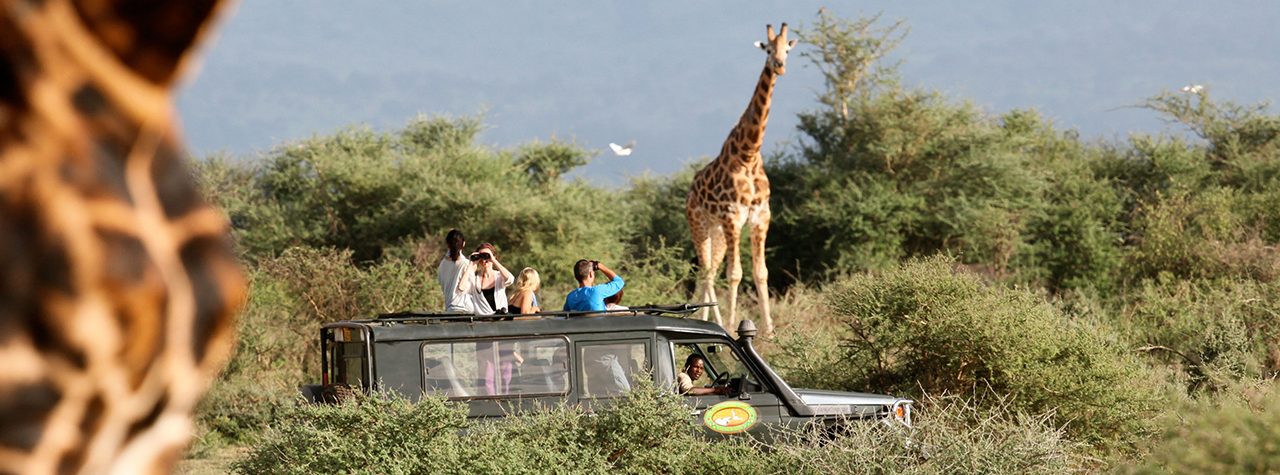
Uganda’s national parks each offer unique experiences, and selecting the right combination depends on your interests and available time.
Bwindi Impenetrable National Park is the crown jewel for mountain gorilla trekking enthusiasts. Home to roughly half of the world’s mountain gorillas, this UNESCO World Heritage site offers an unparalleled opportunity to observe these gentle giants in their natural habitat. The park has four sectors for gorilla trekking, each providing different experiences and difficulty levels.
Queen Elizabeth National Park combines classic African safari experiences with unique attractions like the famous tree-climbing lions of Ishasha and boat cruises along the Kazinga Channel. The park’s diverse ecosystems support over 600 bird species and numerous mammals including elephants, buffalo, and leopards.
Murchison Falls National Park, Uganda’s largest protected area, showcases the dramatic Murchison Falls where the Nile River forces through a narrow gorge. The park offers excellent game viewing opportunities and boat trips to the base of the falls.
For primate enthusiasts, Kibale National Park is unmatched. Known as the “Primate Capital of the World,” it’s home to 13 primate species including chimpanzees, which can be tracked year-round.
Gorilla Trekking: The Ultimate Experience
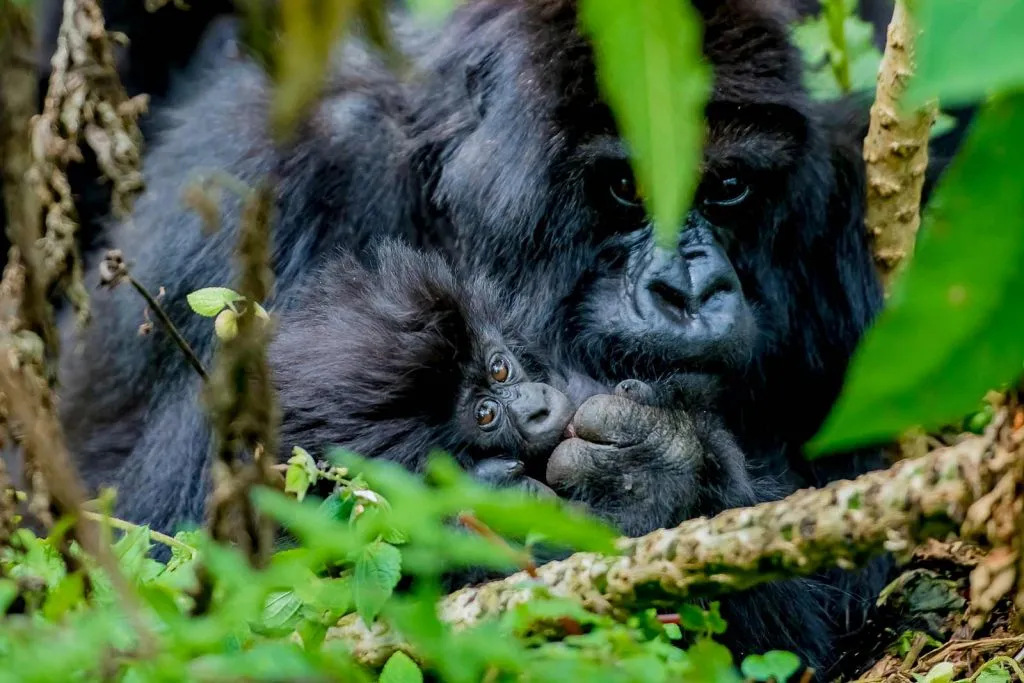
Gorilla trekking is often the highlight of any safari in Uganda, but proper preparation is essential. Permits are required and cost $700 per person for foreign non-residents. These permits are in high demand and should be booked well in advance, especially during peak seasons.
Physical fitness is important, as treks can last anywhere from 2-8 hours depending on the gorillas’ location. The terrain is often steep and can be muddy, so appropriate hiking boots and clothing are essential. Once you locate a gorilla family, you’ll have one precious hour to observe and photograph these magnificent creatures.
Accommodation Options

Uganda offers accommodation options for every budget and preference. Luxury safari lodges provide five-star amenities in stunning natural settings, often featuring spa services, gourmet dining, and expertly guided activities. These properties typically range from $500-1500 per person per night.
Mid-range lodges and camps offer comfortable accommodations with good facilities at more moderate prices, usually between $150-400 per person per night. Budget options include guesthouses, hostels, and basic campsites starting from $20-80 per person per night.
When choosing accommodation, consider proximity to park entrances, as some activities begin early in the morning. Many lodges offer all-inclusive packages that can provide better value and convenience.
Check out some of the top safari lodges in Uganda so you can plan earlier for your accommodation in whichever national park you will be visiting during your safari.
Packing Essentials
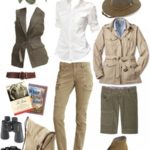
Packing appropriately can make or break your safari experience. Essential clothing includes lightweight, neutral-colored clothing for daytime activities, warm layers for early morning and evening game drives, and waterproof gear for potential rain. Long-sleeved shirts and pants help protect against insects and thorny vegetation during forest walks.
Sturdy, comfortable hiking boots are crucial for gorilla trekking and forest walks, while lighter shoes work well for general safari activities. Don’t forget a wide-brimmed hat, sunglasses, and high-SPF sunscreen.
Technical equipment should include a good camera with extra batteries and memory cards, binoculars for wildlife viewing, a flashlight or headlamp, and a portable phone charger or power bank. Insect repellent containing DEET is essential, along with any personal medications.
Transportation and Getting Around
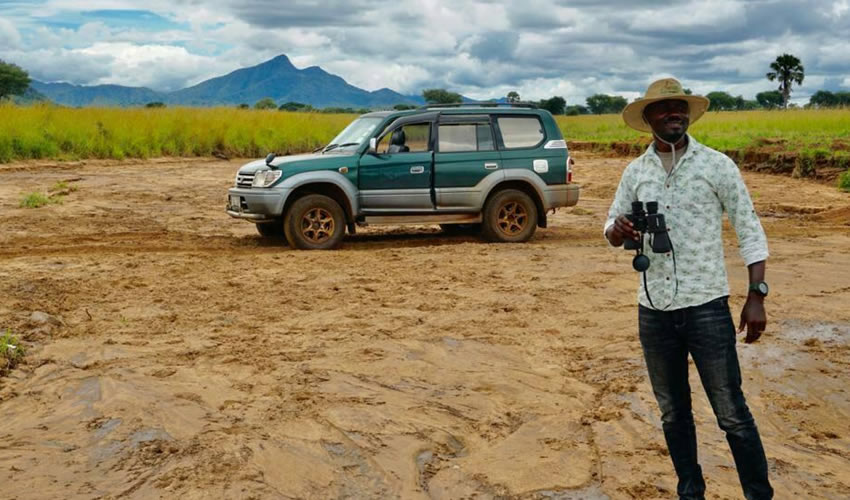
Most international visitors fly into Entebbe International Airport, located about 40 kilometers from Kampala. From there, you can reach various safari destinations by road or domestic flights.
Road transfers offer opportunities to see rural Uganda and can be more economical for groups, but journeys can be long due to variable road conditions. Domestic flights are faster but more expensive, serving airstrips near major parks like Bwindi, Queen Elizabeth, and Murchison Falls.
Many visitors choose to work with local tour operators in Uganda who handle all transportation logistics, often in comfortable 4WD vehicles with experienced driver-guides who double as wildlife experts.
Cultural Experiences
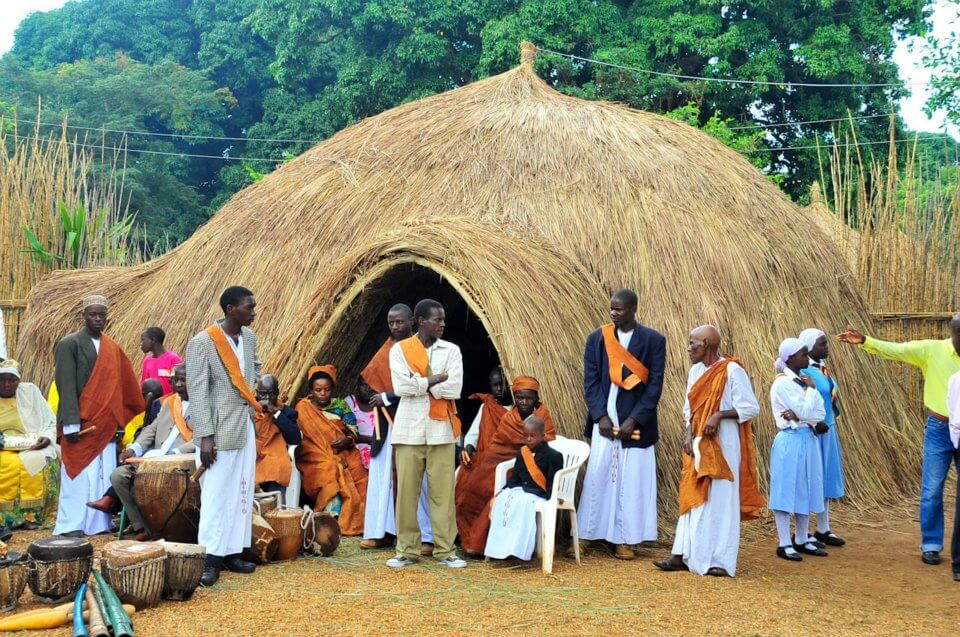
Uganda’s rich cultural heritage adds depth to any safari experience. Consider visiting local communities to learn about traditional ways of life, participating in cultural performances, or purchasing authentic crafts from local artisans.
The Batwa people, traditional forest dwellers, offer particularly meaningful cultural encounters near Bwindi and Mgahinga parks. These experiences provide insight into how indigenous communities have historically coexisted with the forest ecosystem.
Budget Considerations
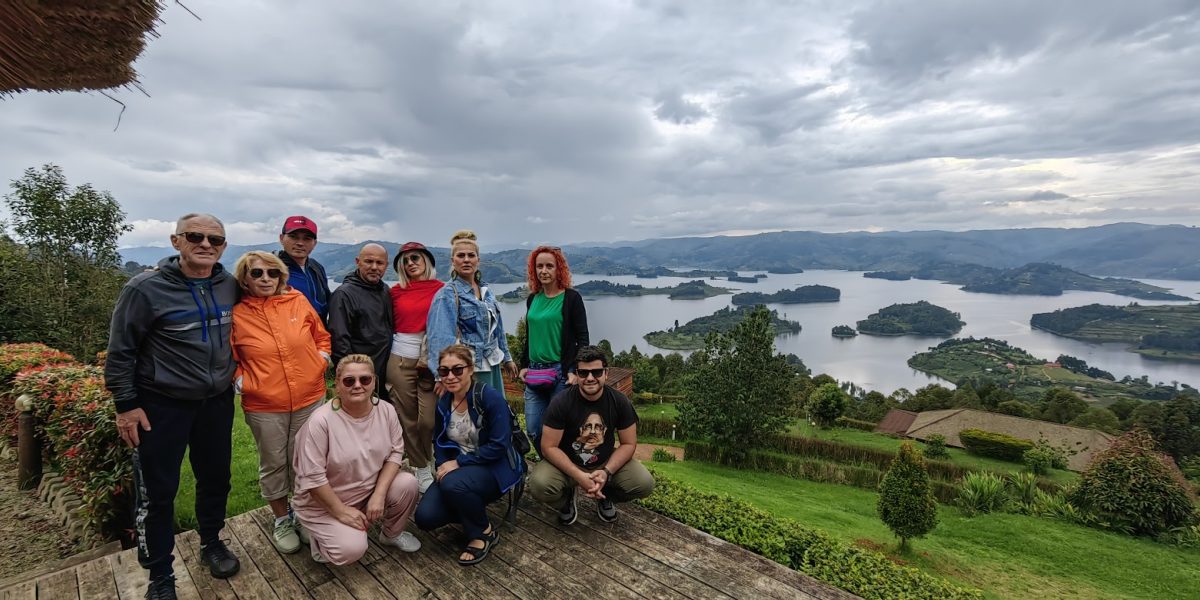
Safari costs vary dramatically based on your choices regarding accommodation, activities, and group size. Budget travelers can expect to spend $100-200 per day including basic accommodation, meals, and park fees. Mid-range safaris typically cost $300-600 per day, while luxury experiences can exceed $1000 per day per person.
Major expenses include gorilla trekking permits ($800), park entry fees (varying by park), accommodation, meals, transportation, and guide fees. Consider that prices often increase during peak seasons.
Working with Tour Operators
Choosing a reputable tour operator can significantly enhance your safari experience. Look for operators with strong local knowledge, good safety records, and positive reviews from previous clients like Mumwe Safaris. Many offer customizable itineraries to match your specific interests and budget.
Local operators often provide better value and more authentic experiences while contributing directly to Uganda’s economy. International operators may offer more comprehensive packages but often at higher costs.
Conservation and Responsible Tourism
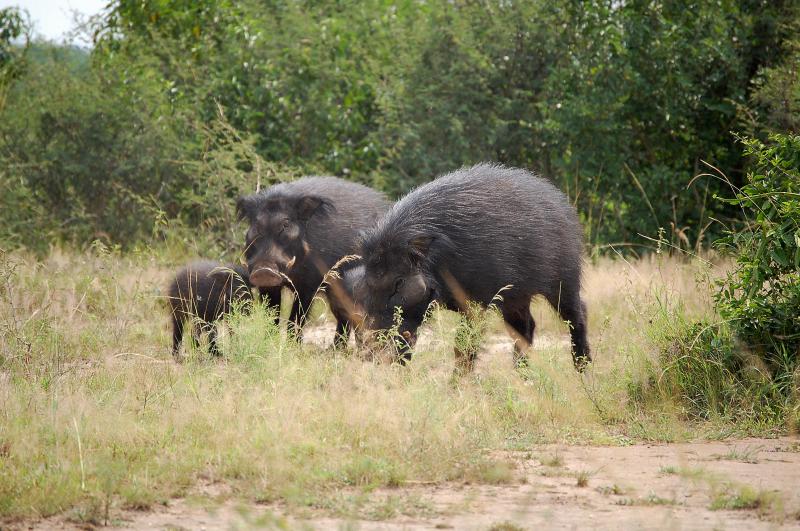
Uganda’s wildlife faces ongoing conservation challenges, and responsible tourism plays a crucial role in protection efforts. Choose operators and accommodations that demonstrate commitment to conservation and community development.
Follow all park rules and guidelines, maintain required distances from wildlife, and avoid behaviors that could disturb animals or damage ecosystems. Consider supporting local conservation organizations or community projects during your visit.
Final Tips for Success
Book gorilla permits as early as possible, ideally 3-6 months in advance. Consider building flexibility into your itinerary to account for weather or other unexpected changes. Bring cash in US dollars for tips, souvenirs, and incidental expenses, as ATMs can be scarce in remote areas.
Stay hydrated, follow your guide’s instructions, and maintain realistic expectations about wildlife sightings – while Uganda offers exceptional opportunities, wildlife viewing is never guaranteed.
Most importantly, approach your Uganda safari with an open mind and respect for the natural environment and local communities. This attitude will enhance your experience and contribute to the sustainable development of this remarkable destination.
Uganda offers one of Africa’s most rewarding safari experiences, combining world-class wildlife encounters with rich cultural heritage and stunning landscapes. With proper planning and realistic expectations, your Uganda safari will create memories that last a lifetime while contributing to the conservation of one of Africa’s most precious ecosystems.
Planning a safari in Uganda and wondering how to go about the whole booking process- let us at Mumwe Safaris organize for you an affordable safari to any of national park or popular tourist attraction in Uganda. Simply contact us now by sending an email to info@ugandasafaribookings.com or call us now on +256-7001355120 to speak with the reservations team.
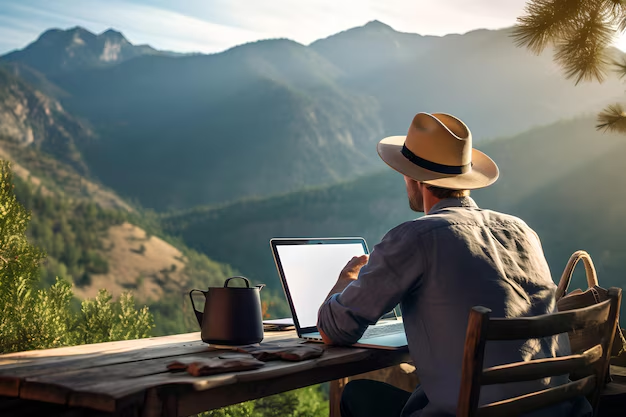
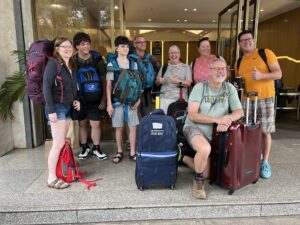

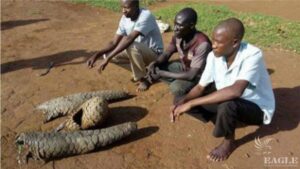
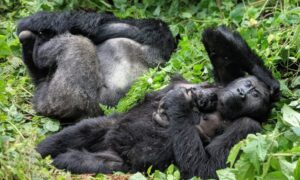
More Articles
Best Time to Visit Uganda for Safaris: Month-by-Month Guide
The Top 10 Most Popular Historic Sites In Uganda
Uganda vs Traffickers: The Race to Save the Pangolin